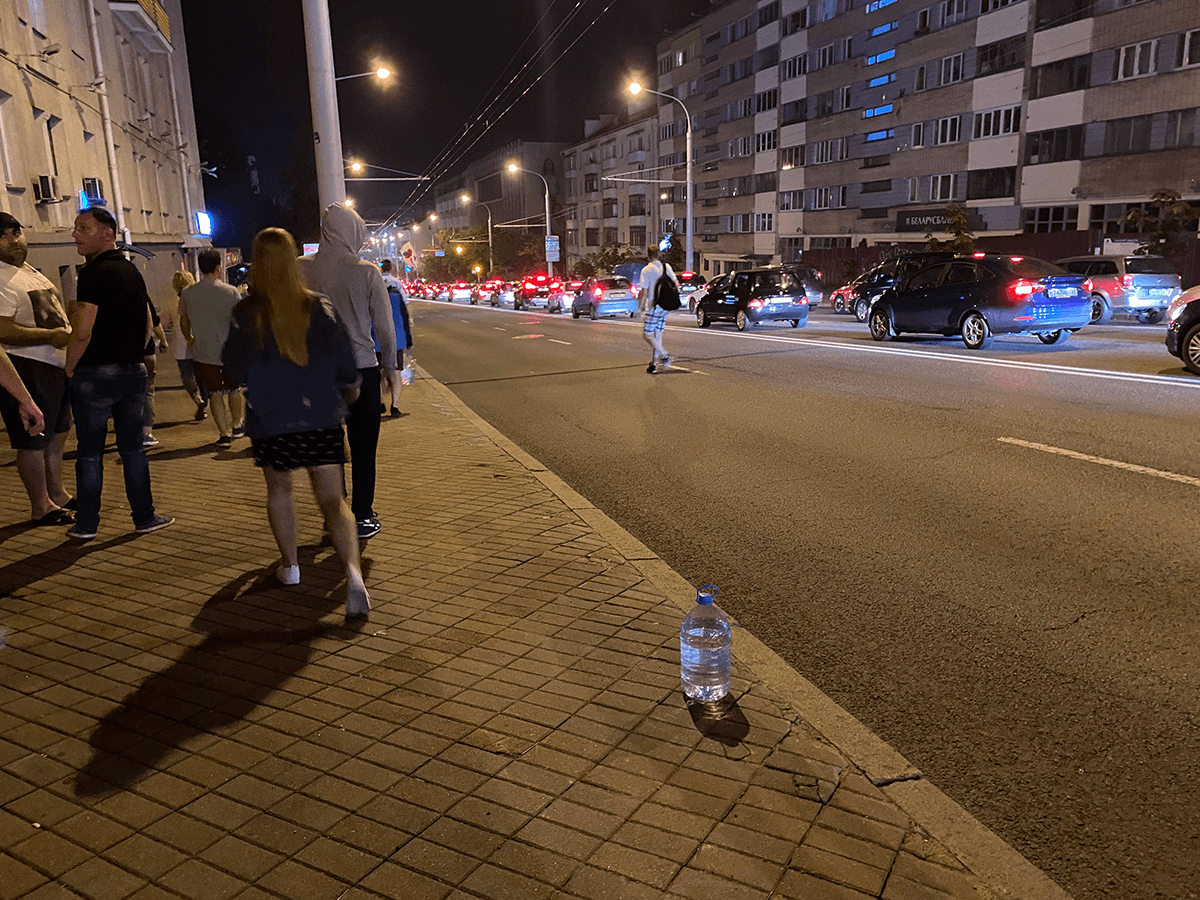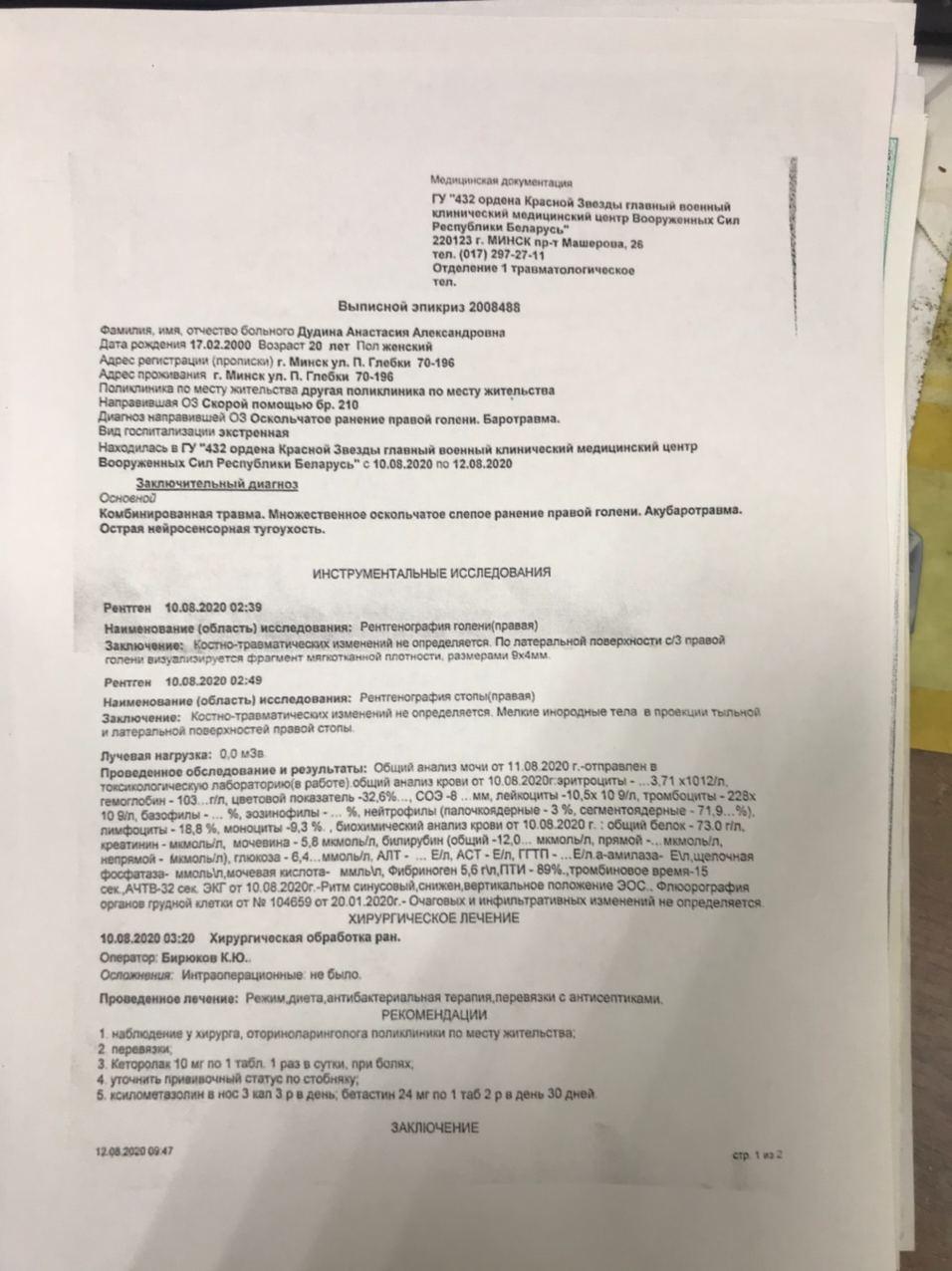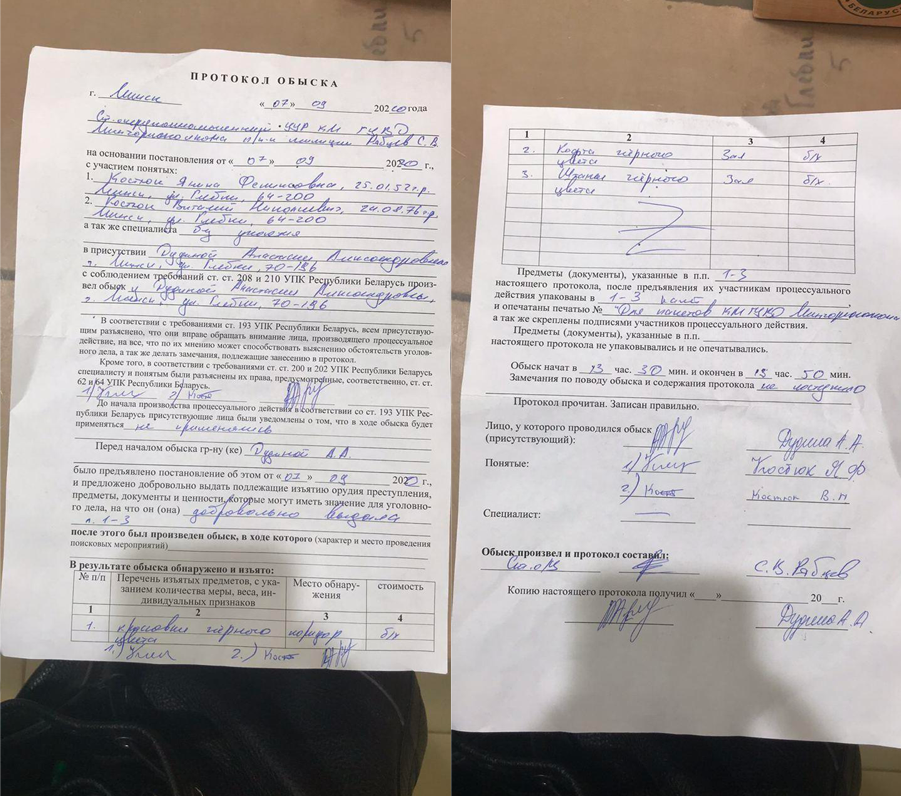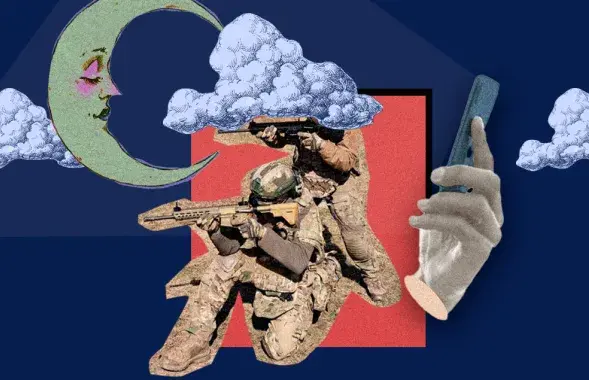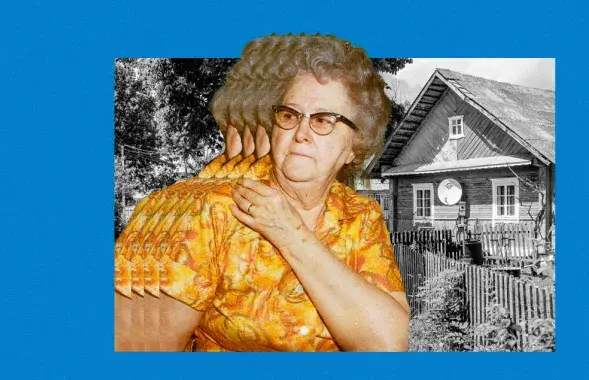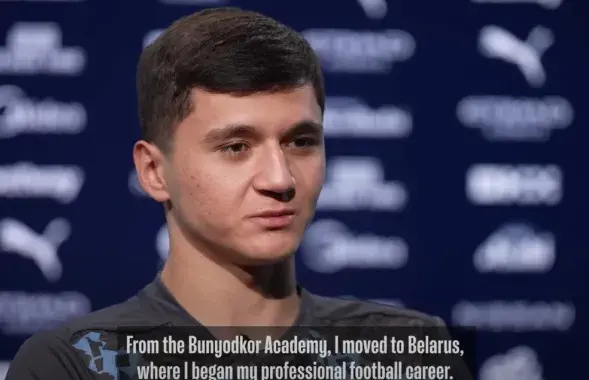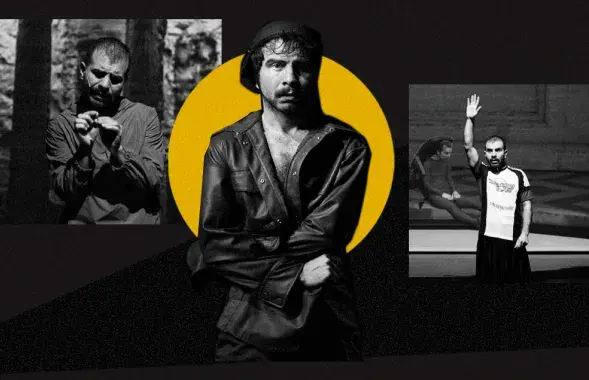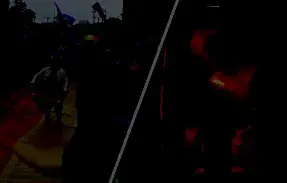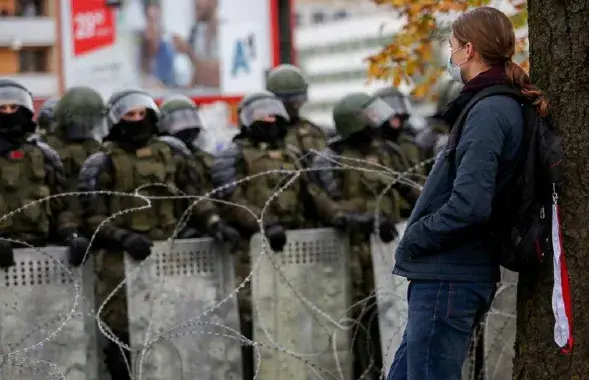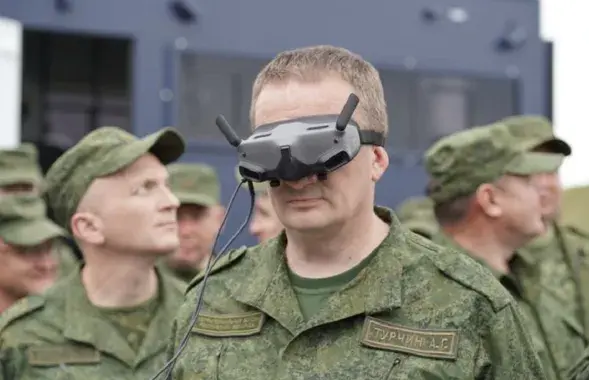Student injured by flash grenade during protests facing criminal charges

Anastasiya Dudzina / photo from archive
Anastasiya Dudzina is a fourth-year student at Belarus State Economics University. On the night of August 10, she was returning home from the city center with her friends. Since public transport wasn't running, they walked on foot. On the bridge over the railway tracks on Kalvaryjskaya Street, they were among the protesters dispersed by the security forces.
A flash grenade exploded close to Anastasiya's feet. The girl was confused. At that moment, according to her mother, a riot policeman kicked her in the back, and then took her by the collar and pushed her away from the protesters.
A little later, in the parking lot of the Korona shopping center, Nastya noticed blood flowing from her leg and called an ambulance. She was taken to a military hospital with a shrapnel wound and a damaged eardrum. On August 12, Anastasiya was discharged with a final diagnosis: “Combined injury. Multiple shrapnel blind wound to the right shin. Acubarotrauma. Acute sensorineural hearing loss".
"In the hospital the same night she got visited by an investigator. He asked her to sign something. In the state that Nastya was, she could hardly understand and remember what they asked her to sign," says Nina Sakalouskaya, Anastasiya's mother. "Nastya signed the document. Then the investigator talked to her again, as part of the survey. It was clear that he was an employee of the Ministry of Internal Affairs and that she was being interviewed as a witness."
On the morning of September 7, everything changed for Nastya. Security officials came home to her and took her for questioning to the Investigative Committee. They didn't explain anything to the mother.
Closer to lunchtime that day, Nastya called her mom and said that she would soon come home, as a search was planned. The security forces took all the clothes in which she left the house on August 9: sneakers, on which there was still blood, pants, and a jacket.
"The people who conducted the search said that Nastya needed to be taken back for clarifying questions. Two, three, four, five hours later, there were no calls, nothing, I didn't know about my daughter, where she is and what she is doing."
Nastya's friends, who wanted to meet her after interrogation, came to the building of the Investigative Committee. But at the end of the working day, the girl was still not released.
"The investigator called me and said that at 14:45 we established that Nastya had committed a crime. I say wait, what crime? We were, actually, witnesses, and now we are criminals? I don’t understand anything,” mom reports the telephone conversation.
Then Nastya spent 72 hours in the remand center as a suspect in a criminal case.
"Today at ten o'clock in the morning a lawyer was invited to carry out investigative actions. And after that, Nastya was released home on a nondisclosure agreement. Now at any time she can be invited to the IC, and she will have to show up. But how can any investigative actions, some accusations take place, if the child was just on her way home and sustained injuries?" Anastasiya's mother wonders.
Anastasiya remains a suspect. The article that she is charged under is 293, part 2 of the Criminal Code: participation in riots, expressed in the direct commission of the actions named in part 1 of this article. And part 1 is the organization of mass riots, accompanied by violence against individuals, pogroms, arson, destruction of property or armed resistance to representatives of the authorities. The punishment under this article is imprisonment for a term of three to eight years.
"I don't know what to expect next. Knowing our 'most humane court', they can do anything. But these are our children, this is our future. The future of our country. And how can you treat children like this? I do not understand".
